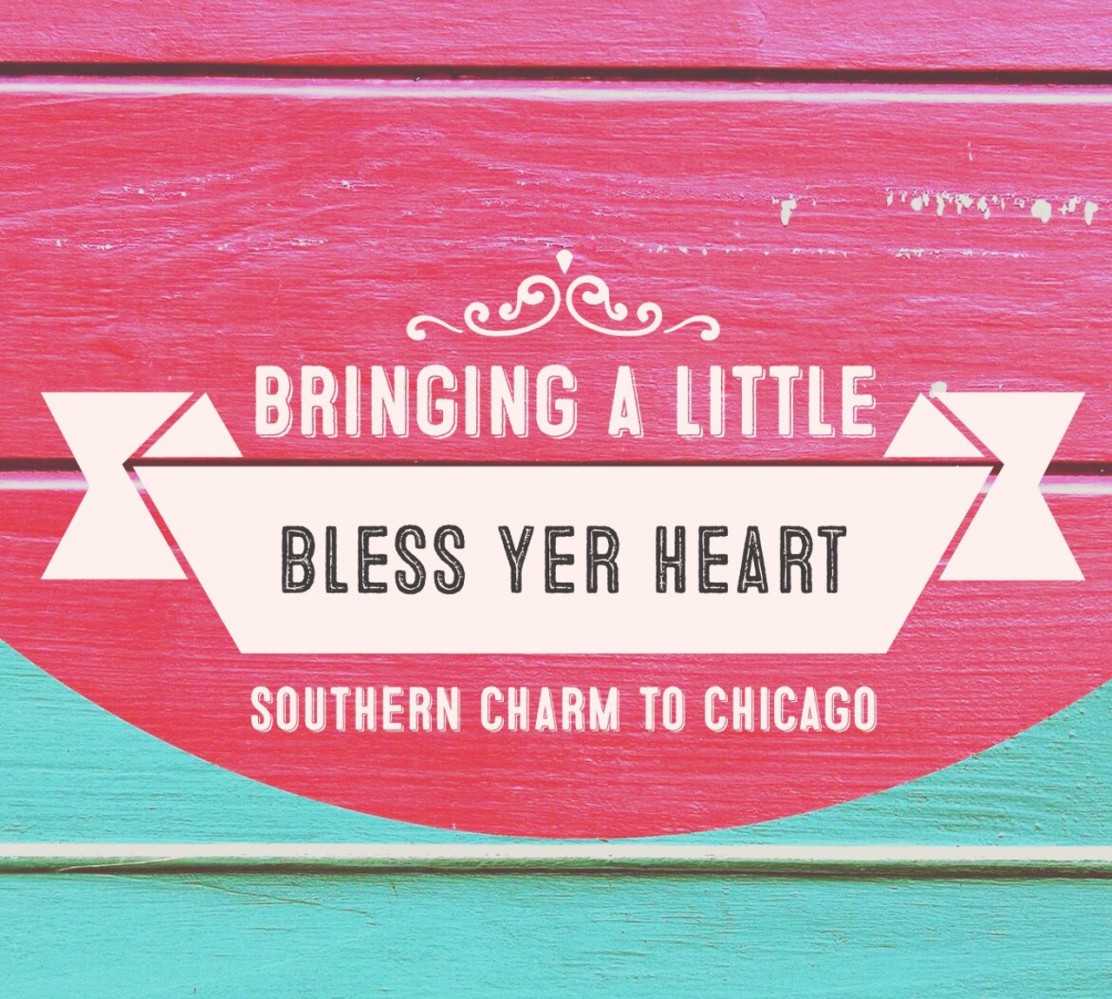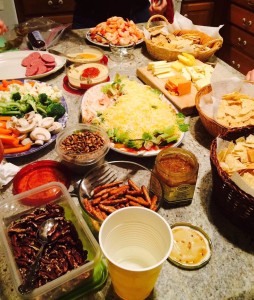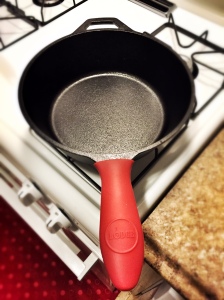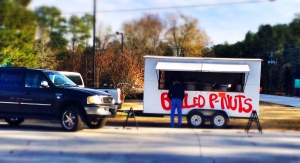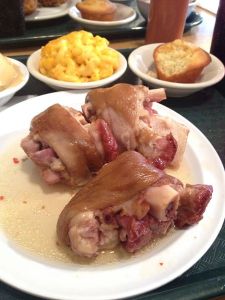 It’s Fat Tuesday, y’all. If you can’t be celebrating Mardi Gras with those crazy Creoles down south eating mud bugs and collecting beads, then make your way to Chicago. We have a little tradition here called Pączki Day, an annual culinary indulgence that makes Fat Tuesday live up to its name.
It’s Fat Tuesday, y’all. If you can’t be celebrating Mardi Gras with those crazy Creoles down south eating mud bugs and collecting beads, then make your way to Chicago. We have a little tradition here called Pączki Day, an annual culinary indulgence that makes Fat Tuesday live up to its name.
For one day a year, we stuff our faces with fist-sized fried yeasty donuts bursting with rich fillings like custard, cherry and strawberry and either glazed, iced or dusted with copious amounts of powdered sugar. We pronounce them “Pooch-key” or “Punch-key” or even “Poonch-key.” All of which will get you one of the richest donuts you have ever had.
Fried with lard and love, these Polish donuts were traditionally made to use up all those rich ingredients before the fasting period started with Lent. There are so many Polish immigrants in Chicago that pączki began a tradition here as well.
I love being of Polish decent living in Chicago. Although this city is a melting pot, Eastern Europeans are a stronghold here. Granted I am pretty far removed from the homeland, and my relatives made a stopover in the Ukraine before emigrating here, but in Chicago, I am a “ski,” and I am proud of that. For as much as I complain about finding good Southern food in Chicago, try finding gołąbki (cabbage rolls) or good pierogi in South Carolina! Continue reading
